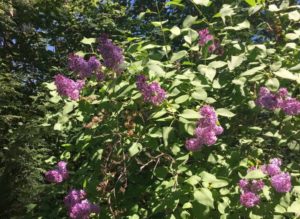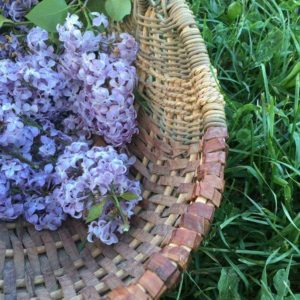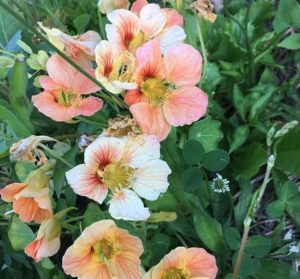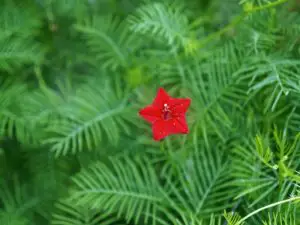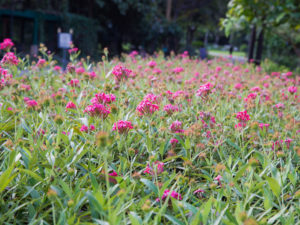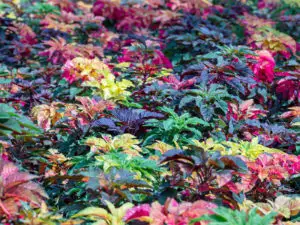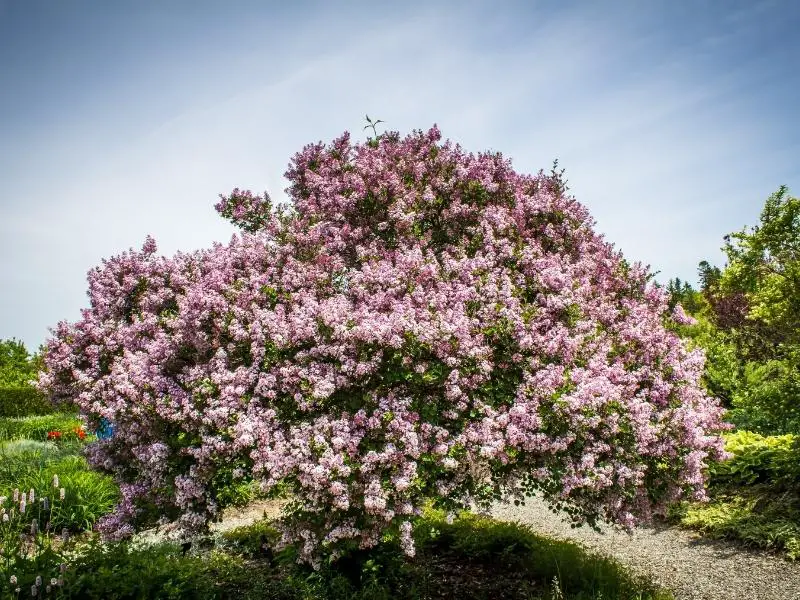
The lilac tree comes from the Oleaceae family and is an attractive focal point in the landscape. Lilac trees have gorgeous pink, purple, and white flowers, depending on the variety.
Lilac trees have delicate branches, fewer flowers, and are taller than lilac bushes, which are shorter and have dense branches and more flowers.
Both lilac trees and bushes come from the Syringa genus, and there is cross over between species, including bushes and trees of the S. vulgaris species.
Lilac Tree Quick Facts
| Common Name | Common lilac, lilac tree |
| Botanical Name | Syringa vulgaris |
| Family | Oleaceae |
| Plant Type | Shrub-like tree |
| Bloom Time | Spring |
| Sun Exposure | Full sun (6+ hours daily) |
| Soil Type | Well drained, loamy, fertile, humus-rich |
| Soil pH | Neutral (7.0 pH) |
| Native Region | Europe, Asia |
| Mature Size | 6–12 feet wide, 8–25 feet tall |
| Hardiness Zones | USDA growing zones 3 to 7 |
| Flower Color | Purple, white, pink |
| Prune Time | After flowering |
| Maintenance Level | Easy |
How to Plant and Grow Lilac Trees
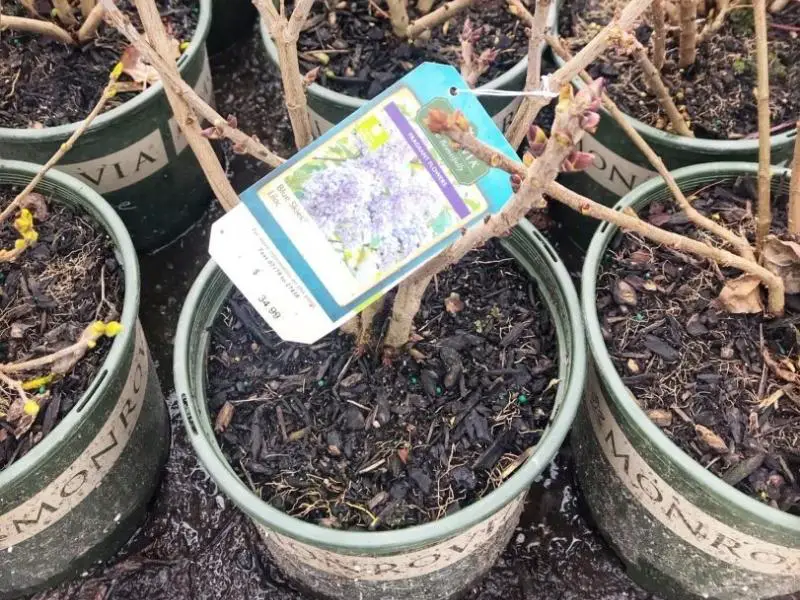
Lilac trees are low-maintenance once they mature. Still, the trees require special water and soil parameters, and appropriate sun exposure to thrive.
The best time to plant lilac trees is before the ground freezes in fall or right after the ground thaws in spring.
Preparing the Ground
Choose a spot large enough for a lilac tree to have three inches of square space around the fully grown tree.
Japanese lilac trees require a lot of square space, yet lilac bushes use smaller spaces because they’re not as tall and have a smaller reach.
Dig the hole for your lilac tree, making it an inch larger than the size of the tree’s pot. Cover the roots with well-dug soil and press down gently to remove air pockets.
Water the newly planted tree well to help the soil sink, and add mulch to insulate the soil around the lilac tree.
Lilac Tree Soil Requirements
Lilac trees grow well in loamy, well-drained soil with a neutral pH level of 7.0. Lilac trees also bloom well in humus-rich soil, where organic matter is added to sustain the correct moisture.
Pure garden waste is rich in humus. Lilac trees grow but won’t bloom well in chalky soil.
Lilac Tree Fertilizer
Lilac trees flourish with spring feeding. Avoid using fertilizers with nitrogen because nitrogen causes poor blooming.
Look for humus-rich, balanced, organic fertilizer that includes blood, fish, and bone, to promote better blooming. Add mulch every spring.
Lilac Tree Water
Lilacs prefer moderate soil moisture. Water immature lilac trees frequently to sustain topsoil moisture, and water mature lilac trees only during drought or dry months. Japanese forest grass is another plant that will help sustain your topsoil.
Use well-draining soil to ensure your trees don’t suffer from root rot caused by soil that’s too wet.
Lilac Tree Sun Exposure
Lilac trees, like rosemary trees, flourish in full sun exposure, with a minimum of six hours daily. Plant lilac trees in a south or southwest position for the best results.
Lilac trees can withstand some shade, but don’t plant lilac trees in full shade.
Lilac Tree Temperature
Lilac trees thrive in cooler summers without much humidity or heat.
A lilac tree can withstand temperatures below freezing, but direct contact with icy winds causes damaged buds and broken stems.
Lilac Tree Pruning
Prune young lilac trees after flowering to promote better blooming in the mature tree. The best time to prune a lilac tree is when the flowers begin to fade.
Remove fading buds from a lilac tree by clipping the stems with a pair of secateurs, which frees branches from decaying plants.
Lilac Tree Propagation
Use lilac tree cuttings to plant and grow new trees in the garden. Remove cuttings from the lilac tree as soon as the flowers begin to fade.
Plant semi-ripe cuttings in the same soil conditions. Softwood cuttings from lilac trees also propagate well.
Remove lilac tree softwood cuttings or suckers from underneath the soil with pieces of root attached. Plant the softwood cuttings in the same conditions as the main tree.
Common Lilac Tree Problems
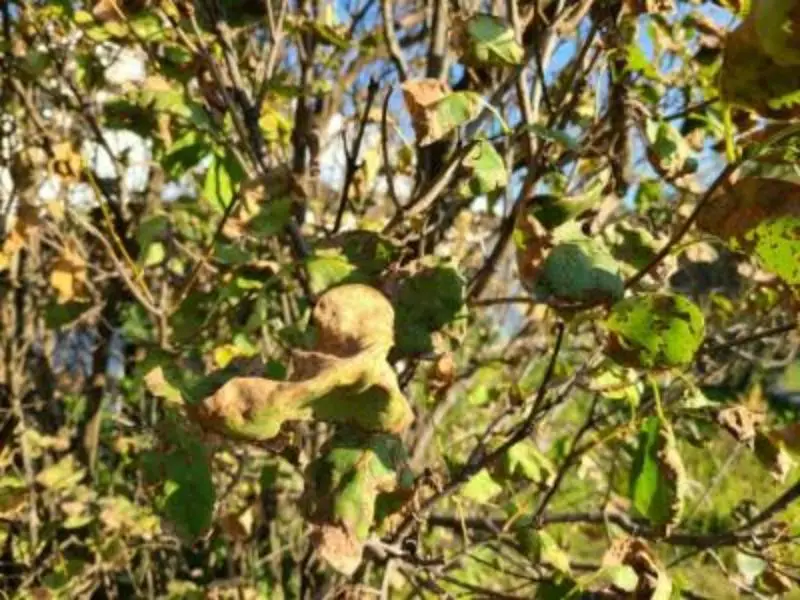
Lilac trees are hardy against most pests and diseases, yet they can succumb to poor conditions that result in problems.
Lilac Borers
The most common pest problems with lilac trees include ash borers. Borer larvae burrow into the stem and consume the tree’s nutrients, killing the lilac tree.
Borers also commonly bore holes in the branches, which is fatal for the lilac tree.
Examine lilac trees frequently to identify tiny borers on the leaves, stems, and branches. Begin treatment immediately with an insecticide.
Neem oil also helps to treat lilac trees for borers. Apply insecticide or neem oil to the tree once a week until resolved.
Lilac Scales
Scales are armored pests and another common lilac tree infestation. Scales look like flattened brown-gray bumps that resemble clam shells on the branches and trunk.
A scale’s underside is typically soft when peeled off. Scales can cause dropped leaves and dead branches.
Just like for borer damage, frequently inspect the lilac leaves, stems, and branches for scales.
Scales are best treated as soon as possible. Insecticides like horticultural oil, sevin, permethrin, neem oil, and insecticidal soap work well for scales.
Treat once per week. Spray the young scales consuming the lilac tree’s sap before they grow a waxy exterior.
Powdery Mildew Disease
Powdery mildew disease is a fungal disease found on lilac trees in humid conditions. Extended warm temperatures and dry conditions allow the fungus to germinate on the plant in spring and fall.
The fungus looks like white powder residue on the foliage.
The disease should be treated immediately once recognized.
Steps to treat mildew disease on lilac trees:
Remove the affected lilac tree leaves and prune the branches to improve healthy circulation
Avoid adding any fertilizer while treating the plant, and don’t water it from the top
Use a spray bottle to apply a fungicide. Buy a plant fungicide from your local nursery, or use a solution of one-part bleach to three-parts water as a homemade fungicide
Follow the fungicide instructions thoroughly, and spray every seven to 14 days until the disease no longer affects the lilac tree
Maintaining the correct plant and growth conditions for lilac trees prevents mildew disease.
Lilac Blight
Lilac blight is a bacterial disease known as a blossom or a shoot blight. Lilac blight causes decaying, distorted, and imperfect leaves and stems.
The result of untreated lilac blight is leaf drop. Flowers also turn brown and begin to fade with lilac blight.
The best solution to lilac blight is to prune the tree beyond all signs of infection. Prune the tree during sunny weather.
Spray lilac trees in the fall with a bacterial fungicide that contains copper sulfate to prevent lilac blight. Respray the tree in spring before the buds break.
Poor Lilac Tree Flowering
Poor lilac tree flowering results from improper soil conditions, the use of a fertilizer with nitrogen, or too little sun exposure.
A lilac tree also won’t bloom well if it matures into a wild and overly dense bush. Prune lilac trees annually for the first three years to promote flowering.
Lilac Frost Bite
Lilac trees withstand cold weather well, but direct icy winds cause much damage. Protect lilac trees from icy winds with an erected canvas around the tree.
Remove the canvas when the temperature rises to ensure the correct amount of sun exposure.
Lilac Tree Suckers
Lilac tree suckers are twig-like growths that appear under the roots and stem. Examine the tree’s base twice a year for suckers once it matures to three years.
Suckers can drain energy from the main tree and limit blooming. Cut suckers off one inch below the ground.
Lilac Honey Fungus
Honey fungus is a fungal infection that spreads in gardens in late fall and summer. The fungus looks like mushrooms and attacks lilac tree roots underground.
Honey fungus is common in gardens because there aren’t other weeds to control the spread.
Symptoms of honey fungus infections on lilac trees include dieback, fading foliage, and poor flowering. The honey fungus doesn’t always spread above ground.
If the fungus spreads above ground, it looks like toadstools and mushrooms.
There are no approved chemicals for honey fungus. The infected lilac tree should be removed with its roots and burned.
Further preventions for honey fungus spread include:
Maintaining healthy lilac trees with the proper growth conditions
Planting the lilac tree flush with the topsoil and not deeper
Removing any suspected soil with honey fungus
Removing all the plants within 1-foot of the infected soil
Keeping the ground barren for six months to a year
Lilac Varieties
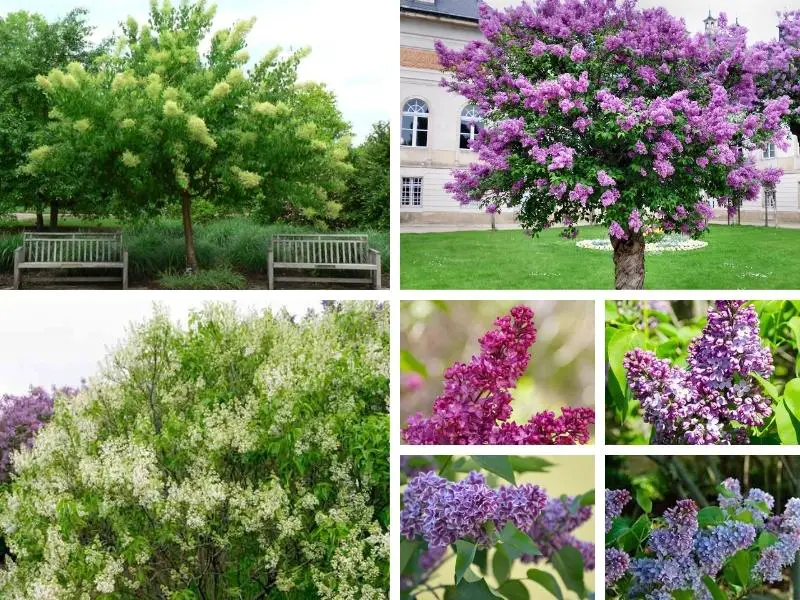
There are more than 1,000 varieties of flowering lilac trees and bushes.
The most popular types of lilac in North America include the wedgewood blue, Japanese lilac tree, pekin tree lilac, common lilac, and primrose lilac.
The popular varieties are divided into shrubs and trees.
Lilac Shrub Varieties
Belle de Nancy Lilac
The belle de Nancy lilac comes from the S. vulgaris variety. The belle de Nancy lilac matures to 8–10 feet tall with a 6–8 feet diameter.
The lilac bush flowers with multiple layers of purple petals. The belle de Nancy thrives in USDA growing zones 3–9.
Charles Joly Lilac
The Charles Joly lilac comes from the S. vulgaris variety. The Charles Joly lilac shrub reaches 8–10 feet tall with a diameter of 6 feet.
The Charles Joly lilac bush flowers in double-red and purple clusters. The lilac bush thrives in USDA growing zones 4–7.
Sensation Lilac
Sensation lilacs come from the S. vulgaris variety. Sensation lilac shrubs reach 8–10 feet tall with the same diameter.
The bush flowers are in a unique dark purple with white edges. Sensation lilacs grow well in USDA growing zones 3–7.
Wedgewood Blue Lilac
The wedgewood blue lilac comes from the S. vulgaris variety. The wedgewood lilac shrub matures to 6–feet tall with a similar diameter.
It flowers in thick clusters of bright lavender blue. It flourishes in USDA growing zones 3–7 like the common lilac tree.
Yankee Doodle Lilac
Yankee Doodle lilacs come from the S. vulgaris variety. Yankee Doodle lilac shrubs reach 6–10 feet tall with a 5–6-foot diameter.
The flowers bloom in an incredibly bright purple. The lilac bush thrives in USDA growing zones 2–8.
Lilac Tree Varieties
Common Lilac
The common lilac tree comes from the S. vulgaris variety. The common lilac tree matures to 8–25 feet tall with a 6–12-foot diameter.
The common lilac blooms with rose, cream, white, magenta, lavender, pink, and purple clusters. The tree grows well in USDA growing zones 3–7.
Japanese Lilac Tree
The Japanese lilac tree comes from the S. reticulata variety. The Japanese lilac tree matures to 25–30 feet tall with a 15–20-foot diameter.
It flowers in clusters of white or cream. It thrives in USDA growing zones 3–7. A popular cultivar of the Japanese lilac is “ivory silk.”
Pekin tree lilac
The pekin tree lilac comes from the S. pekinensis variety. The pekin lilac tree matures to 15–24 feet tall with a 15–25-foot diameter.
It flowers in brilliant clusters of varying colors, including cinnamon, yellow-gold, and pale yellow. It grows well in USDA growing zones 4–7.
Persian Lilac Tree
The Persian lilac tree is a hybrid of the S. laciniata and S. afghanis varieties. The Persian lilac grows to 7–8 feet tall with a 10–12-foot diameter.
The lilac tree blooms with yellow-green flowers. The tree grows perfectly in USDA growing zones 3–7.
The Persian lilac tree is the only lilac under 10 feet that classifies as a tree and not a shrub.
Primrose Lilac
The primrose lilac comes from the S. vulgaris variety and is a lilac tree that reaches a mature height of 10–15 feet and a diameter of 6–10 feet.
The flowers bloom in white, cream-yellow, or bright yellow. It thrives in USDA growing zones 3–7.

